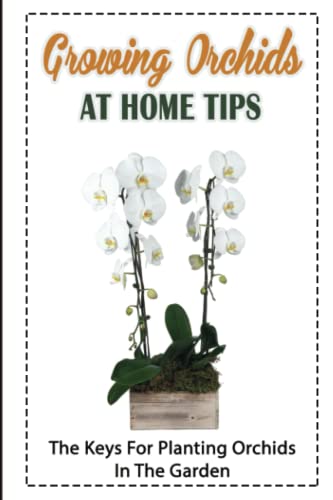Speaking as an AOS judge, Roberts question is a good one. Others are right that there is no way to prove that an orchid is 2n or 4n without a chromosome count, so without this knowledge, we have to judge what we see. 4n is very commonplace now with Cattleya hybrids, and we really don't make a distinction in judging.
We are now starting to see more tetraploid versions of species and I think as more get awarded, the diploid forms will no longer be considered for quality awards. This has happened with Sophronitis coccinea. When is the last time a 2n form received an award?
Although size is usually 10 points, the size of segments is also a factor in other scoring points such as form. 4n can also increase fullness and substance, and also color intensity.
We are now starting to see 4n forms of Aerangis luteo alba. It will be soon that 2n forms will no longer be awarded! Same with C. aclandiae, C. amethystoglossa, etc.
Lastly, regarding Robert's comment of judges questioning species validity, AOS judges can request that the plant be identified by an expert before an award is officially recorded.
Hope that sheds some light about the challenges of AOS judging!
Pete
I totally Agree!!! A judge should never screen a plant just because one think it is not what it seems to that person. The judges should judge what they see and let the taxonomist do their job and that is what the AOS rule on this.
Ramon
Ramon




































